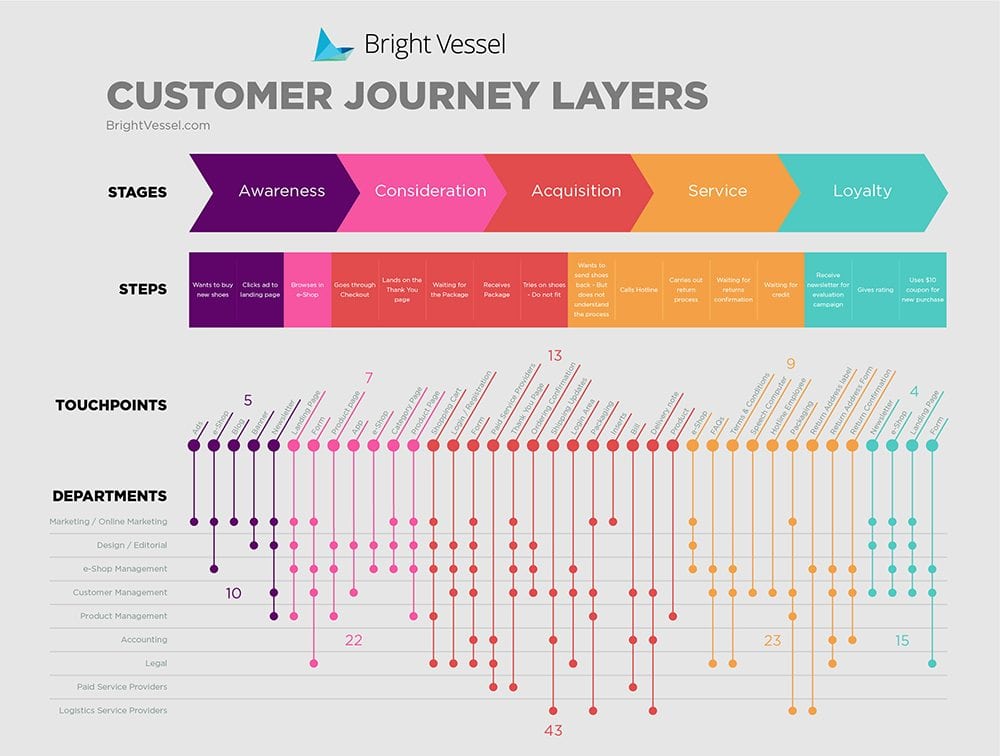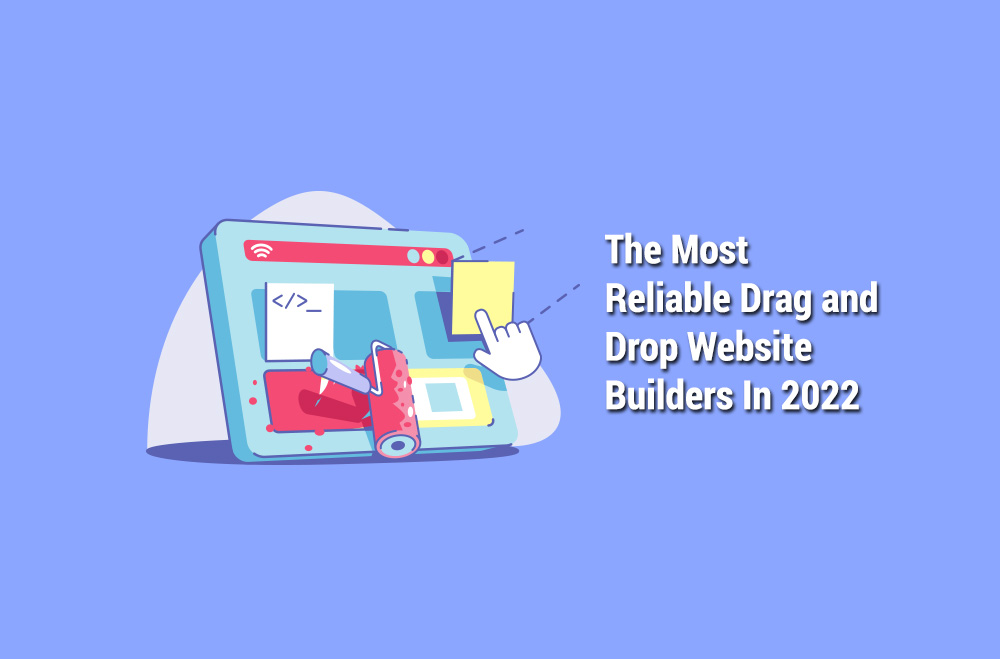


Throughout two decades, the Internet has reached every side of our lives. And perhaps the most significant change has been in retail, which has had to adjust immensely. Now, each retailer is competing with the entire world’s worth of the same offering. It’s tough to get the attention of visitors, let alone turn them into customers. That’s why, these days, understanding the eCommerce customer journey is so essential.
There are countless websites out there offering roughly the same products as you. It’s difficult to get new visitors to stay and browse around, and it seems impossible to turn them into customers. That’s why understanding your visitors, their profile and what they’re craving, can make or break your eCommerce site.
So, the first question is: how do you stand out? And the answer is: creating an experience that only you can provide.
Have you ever noticed that some brands don’t seem to sell any particular product, but rather a feeling associated with it? Coca-Cola might be the prime example of this: in each country they operate, their ads adjust to culture and situation. It’s one of the most recognizable brands in the world, and their actual product doesn’t require advertising. So, they sell a sort of Coca-Cola experience.
That’s the kind of thing you should be thinking of when building your retail brand online. Keep in mind:
The only way to do that is by providing the best customer journey possible. You can do that by ensuring that the customer has the best experience shopping with you. Some of the factors for this are:
Building an all-encompassing retail business that caters to every step of the eCommerce customer journey is nearly impossible. As a seller, need to be on top of many things and platforms. That’s why the best strategy is to find out who your customers are and how to care for them.
We define as steps your customers or clients move through to engage with your company. The more your company interacts with customers; the more complicated this diagram can be. This also marks how necessary the map becomes, whether it’s an eCommerce store or brick-and-mortar.
What’s it for?
Download an Example of a Customer Journey Here
Or see multiple examples in our post: How to Build a Customer Journey Map with Example PDFs
As you may already know, there are three stages to purchase from the customer’s POV.
Download an Example of a Marketing Map Here
You want to “script” your customers’ experience as much as possible. This way, you’ll lead them towards an experience they’re likely to repeat. You should know what’s happening at each stage of your customer’s timeline. And this knowledge comes from hours of customer research, including observations and even interviews.
Here are a few tips to focus on during the process of finding out how your customers are behaving:
You should schedule a monthly or quarterly meeting to adjust your eCommerce customer journey maps. Regularly, you need to ask yourself how you can be more helpful to your visitors on each step. What can you do to improve your visitors’ experience on your eCommerce site?
A customer persona “allows brands to better understand these homogenous groups, and to recognize key traits within them.” They focus on analyzing real customers, thus creating a more in-depth notion of how your customers think. And when you’re building this profile for the first time, it’s best to start small to avoid being overwhelmed.
The path to starting creating your buyer persona begins by interviewing your recent customers and interviewing them. Find who’s recently purchased something on your website and talk to them. What you need to find out here is:
Here is a free tool you can use to create your first customer persona. Go here.
This is a great start! The core of creating customer personas lies in the data you have so that you can build your eCommerce customer journey map from there. You can do this by:
It’s essential to understand the way your visitors move around your eStore. Which pages are they visiting? Where are they clicking? How many of them are buying?
From your Google Analytics Behavior Flow report, you can find trends. Some of them include:
By using your Behavior Flow report, you’ll get a better understanding of what your visitors do when on your site. Studying each stop can help you find where to focus to motivate visitors to become customers.
As we’ve mentioned before, it’s of the utmost importance to have a presence in several channels. If you’re a small eCommerce store, you need to get your name and brand out there. It usually takes someone to see your brand or products on different platforms before deciding to become a customer.
Potential customers might find you through Facebook, Twitter or Instagram. They might later bounce back to another social network and look you up there. Then go back and forth on your page before actually making a purchase.
Through the Google Analytics Top Conversion Paths report, you can find out:
If you see that the majority of your influx comes from a specific social network, like Instagram, focus on it. Share content there that builds on your brand, showing what you’re about and the experience you’re selling.
Now that you’re aware of who exactly is visiting your website, you need to adapt. What will ultimately set you apart from other similar sellers is your relationship with the customer. You need to understand your customers’ thought process, building a strong relationship with them. You want them to trust you, and find your eCommerce experience a pleasurable one.
With the data on your hands, you can understand why your customers act the way they do. Your job is then to offer just what they desire, from content to products.
Remember that:
You can do onsite testing and customization through platforms like Google Optimize or Nosto. Offsite, some apps include Shoelace and Klaviyo.
What all this boils down to is quite simple: your primary focus should always be in how you relate to your customers. You need to understand who you’re selling to and what exactly do they require from you.
Psychologically understanding where they’re coming from is a big factor towards success. The way you respond to customer needs is a significant factor in whether they’ll remain loyal to your brand. Provide value at each stage of the eCommerce customer journey map, and you’re on your way to greatness! Bright Vessel provides eCommerce solutions for all types of businesses, with custom strategies for your specific industry. Contact us now to find out more!

"*" indicates required fields

"*" indicates required fields

"*" indicates required fields
You must be logged in to post a comment.





